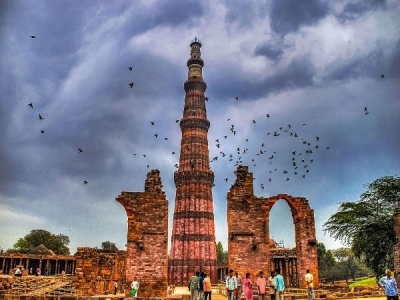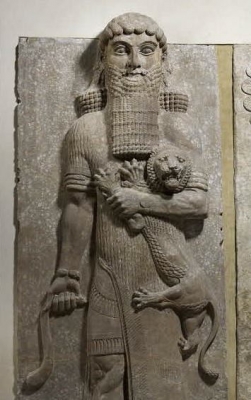What is the history of escalator?

In huge shopping malls, train stations, airports and commercial complexes, you would have come across a moving staircase with an endless belt of steps that rolls smoothly. This is called an escalator. It helps people move effortlessbly between floors in multi-level spaces.
The first idea of "revolving stairs" was patented by Nathan Ames in 1859 in USA, but it never saw the light of day. In the 1890s, American engineer Jesse W. Reno installed an "inclined elevator' at Coney Island, an amusement park in New York City. The seven-feet long conveyor belt was inclined at a 25 degree angle. It was the first example of a working escalator.
The term 'escalator was coined by Charles Seeberger, an American inventor, from the Latin word scala for steps. The word 'elevator had already been invented. He joined hands with the pioneering elevator company. Otis, and produced the first commercial wooden escalator which won the first prize at the Paris 1900 Exposition Universelle in France. Soon, escalators were installed in Europe and USA. As the Otis Elevator Company held the trademark rights to the word 'escalator until 1950, other manufacturers called them by different names like Moving Stairs and Motorstair.
Today, many companies manufacture escalators across the world.
Picture Credit : Google

